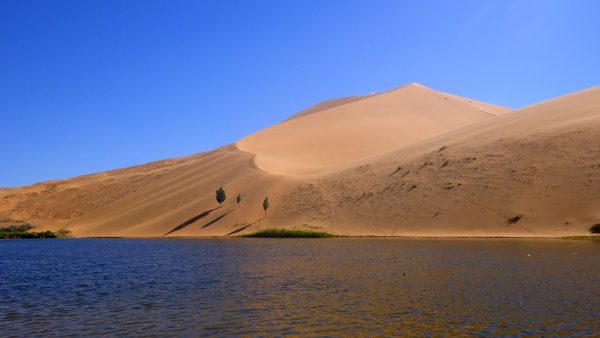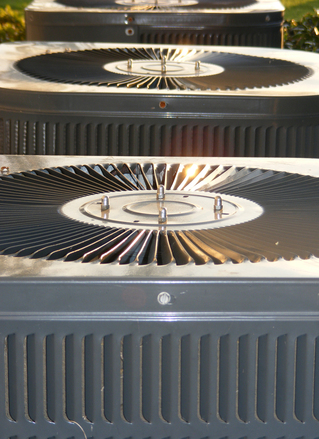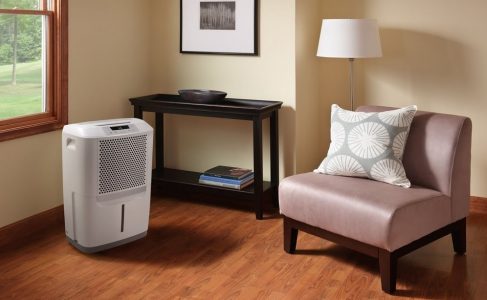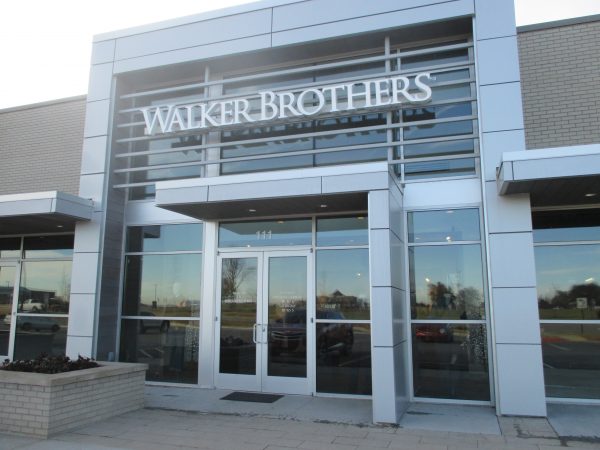One of the oldest methods of air conditioning is through evaporative cooling. I have written about how we use refrigeration to cool our homes, but it is a relatively recent invention. For thousands of years, people in primarily arid regions have been using the power of evaporation to cool air.
It takes energy for a drop of water to change from a liquid to a gas, and this energy is called the heat of vaporization. This energy has to come from somewhere and if you can arrange for it to come out of the air you want to cool you will have successfully reduced its temperature. The simplest form of this is a bowl of water with warm dry air blowing over it. Not very efficient, but as the air passes over the bowl water will evaporate pulling the required heat of vaporization out of the air stream and cooling it down. Frescoes from as far back as 2,500 BC show slaves fanning jars of water to cool rooms.
Some ancients got a bit fancier. In ancient Iran, they would build underground aqueducts called qanats. Buildings were built that had access to the underground qanat through a basement which primarily provided water to the building. If the building also had a wind tower (which used the Bernoulli Effect to put the building under negative pressure) cool air would be pulled up through the qanat connection. This air would be cool because it had traveled through the qanat next to the water and cooled as the water evaporated into it. Here’s an image of one in action.
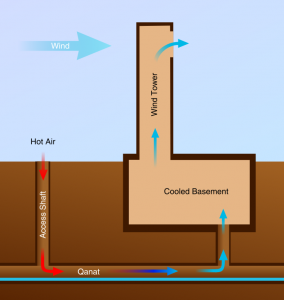
Modern evaporative coolers are a lot smaller. The first U.S. patent for one was granted in 1906 and the general principle hasn’t changed much since then. Warm dry air is pulled through a moist medium which cools and humidifies the air. This conditioned air is then supplied to the space. The biggest difference from ancient techniques is efficiency. By using a wet medium such as wood wool the surface area of the water is increased which allows more to evaporate. A powered fan ensures air keeps moving. This style of evaporative cooler gained popularity in the American Southwest and was sometimes referred to as a Swamp Cooler due to the odor of algae as it grew on the medium. Modern evaporative coolers treat the water with a biocide which keeps algae from growing.
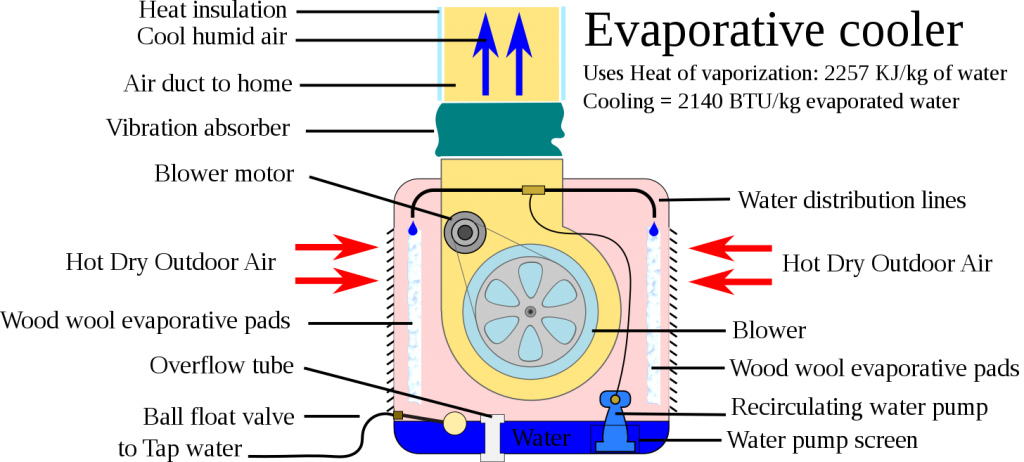
Evaporative cooling has many possible configurations and uses. Unfortunately, most are limited to areas with plenty of dry air. If you live in areas that experience high humidity, you probably won’t be buying an evaporative cooler any time soon.
At Forward Engineers, we seek to not only be a design and consulting firm but to also educate our clients about engineering technology. While doing so, we inevitably refresh our own knowledge and sometimes even learn something ourselves. If you are seeking to work with an engineering firm that is client-centered and strives to provides services that are on time, on budget and exceed expectations, please contact us. We would love to work with you on your next project!

